Science and Applications Team 2
PACE will make climate-quality global measurements that are essential for understanding ocean biology, biogeochemistry, ecology, aerosols, and cloud properties. Its data will be used to determine the role of the ocean and atmosphere in global biogeochemical cycling, ocean ecology, and how perturbations to Earth's energy balance affect – and are affected by – climate change.
With advanced global remote sensing capabilities PACE is expected to provide high-quality observations that will contribute substantially to basic research and applications and extend the current time series of climate-relevant data to enable detection of long-term trends. Check out the Applications Capability Matrix to learn about the questions being addressed by PACE Early Adopters.
Current Science and Applications TeamScience and Applications Leadership

University of Connecticut
PACE Science and Applications Team Lead
Atmospheric Correction Over Bright Water Targets with Non-Negligible Radiances in the Near Infrared

University of Maryland Baltimore County
PACE Deputy Science and Applications Team Lead
Unified Algorithm for Aerosol Characterization from OCI on PACE 19-PACESAT19-0014
Science and Applications Team

University of South Florida
Spectral Matching Inversion Algorithms for PACE Application in Optically Shallow Waters: An Assessment Using HICO and PRISM Data


Columbia University
PACE UV Retrieval of Ocean and Atmosphere Data-Products (PACE UV ROAD): CDM, BrC and BC Polarimetry

University of Washington
Going Beyond Chlorophyll-A: Developing Phytoplankton Community Composition Algorithms from Hyperspectral Remote Sensing Reflectances

University of South Florida
Deciphering Sargassum Physics, Biology, and Physiology through PACE Measurements: Implications to Ocean Ecology, Biogeochemistry, and Management Decision Support


NASA Goddard Space Flight Center
Hyperspectral Algorithms for PACE OCI Water Leaving Reflectances and UV Penetration Depths
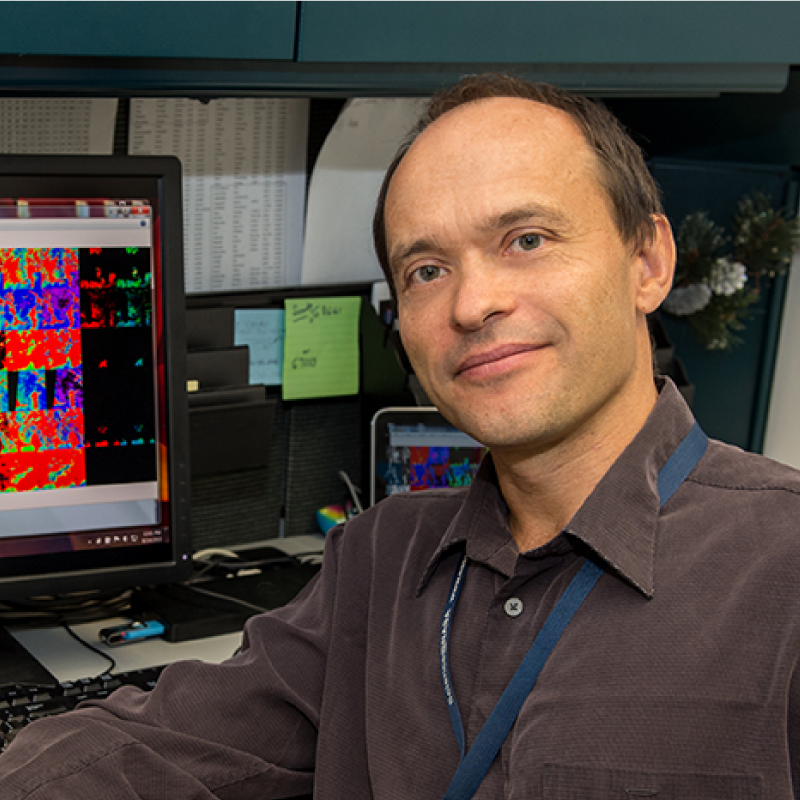
NASA Goddard Space Flight Center
MAIAC Processing of OCI Over Land: High Resolution Aerosol Retrievals and Atmospheric Correction
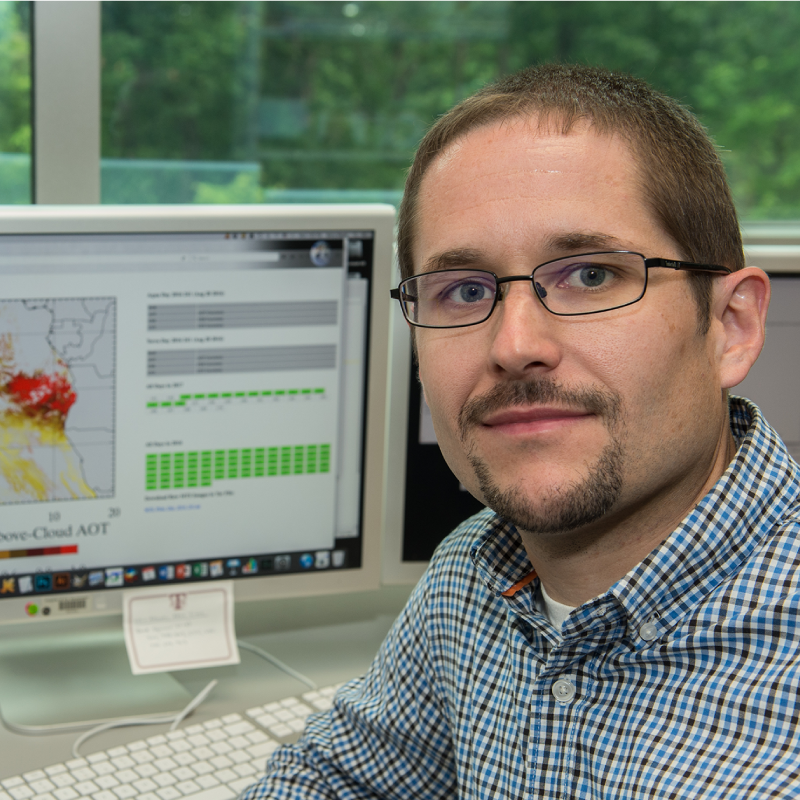
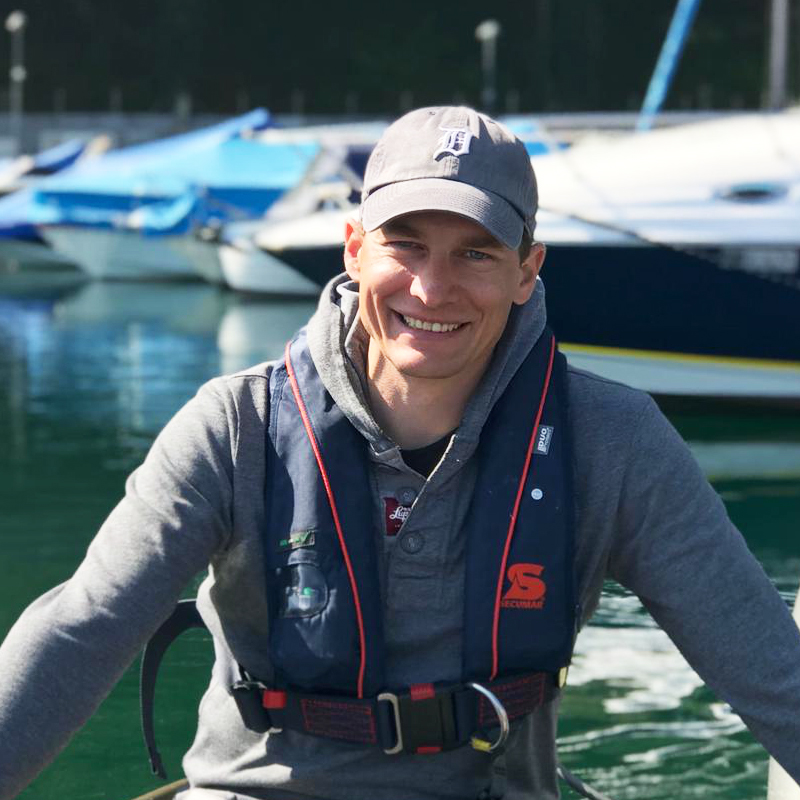
Swiss Federal Institute of Aquatic Science and Technology
Monitoring Lake Primary Production using the PACE satellite (Lake3P)

Terra Research Inc
Remote Sensing of the Ocean Surface Refractive Index and Oil Spill Detection for the PACE Mission
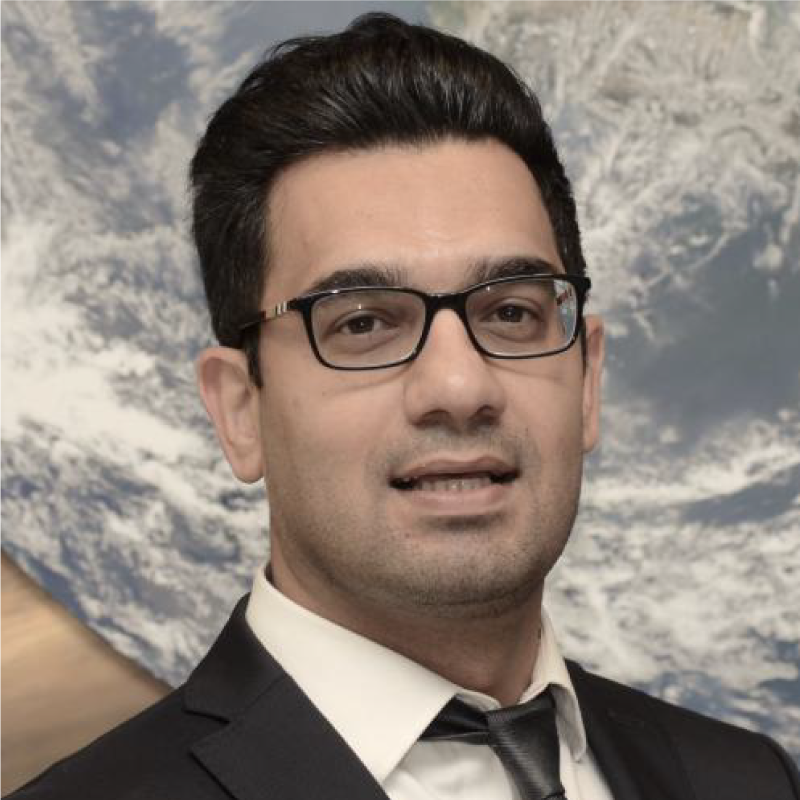
Science Systems and Applications Inc. (SSAI)
Maximizing Utility of PACE in Coastal and Major Freshwater Ecosystems: Advancing Science for Societal Benefits

NASA Goddard Space Flight Center
Phytoplankton Algorithms and Data Assimilation: Preparing a Pre-launch Path to Exploit PACE Spectral Data
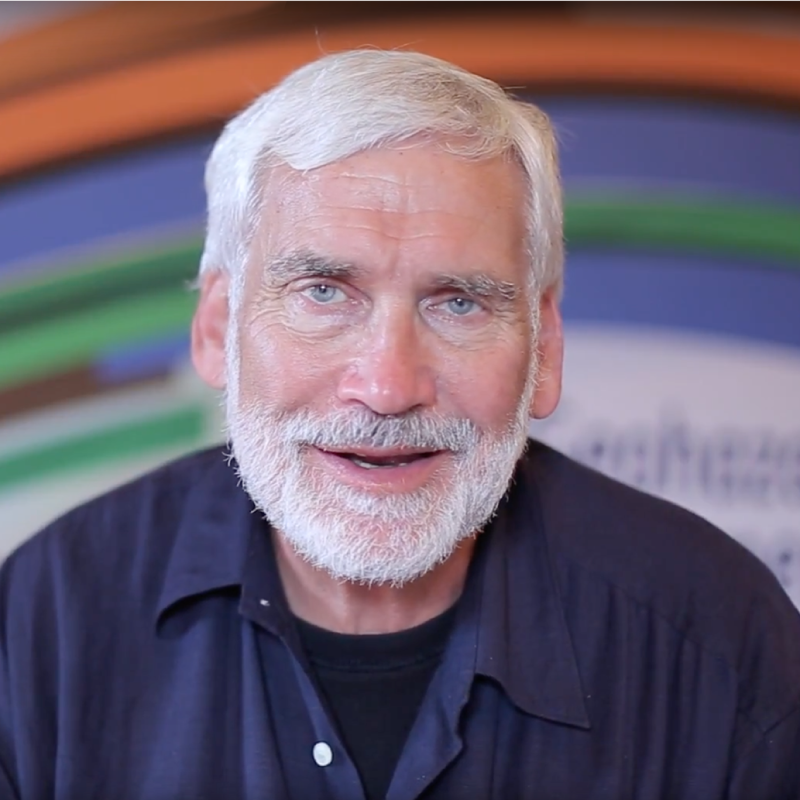
Michigan Tech Research Institute
Developing a PACE Hyperspectral Bio-Optical Algorithm Framework for Detection of Freshwater Harmful Algal Blooms

UC Santa Barbara
Development of Robust Spectral Derivative Algorithms for Phytoplankton Pigment Concentrations on Local to Global Scales

NASA Langley Research Center
The PACE-MAPP Algorithm: Coupled Aerosol and Ocean Products from Combined Polarimeter and OCI SWIR Measurements

Scripps Institution of Oceanography, University of California San Diego
Next Generation Algorithms Based on PACE Capabilities to Obtain Inherent Optical Properties of Seawater Associated with Phytoplankton, Nonalgal Particles, and Colored Dissolved Organic Matter

Harbor Branch Oceanographic Institute / Florida Atlantic University
A New Semi-Analytical Ocean Color Model and Inversion Algorithm for PACE

SRON Netherlands Institute for Space Research
Remote Sensing of Cloud Properties using PACE SPEXone and HARP-2
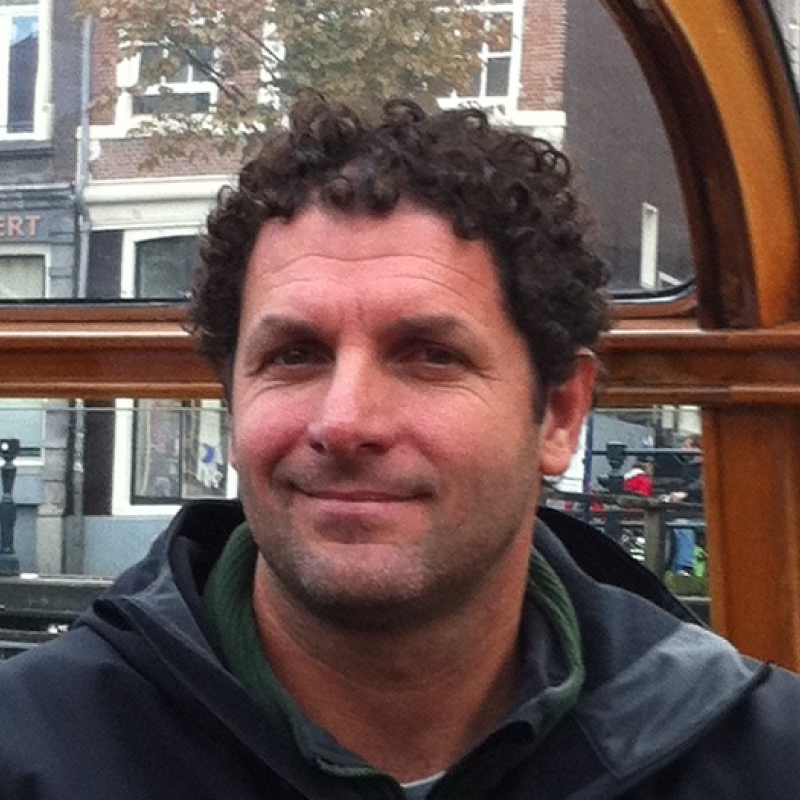

University of Maryland Baltimore County
Theoretical Support for Developing the PACE Atmospheric Correction Algorithm: Radiative Transfer and Polarimetric Retrieval of Aerosol Properties
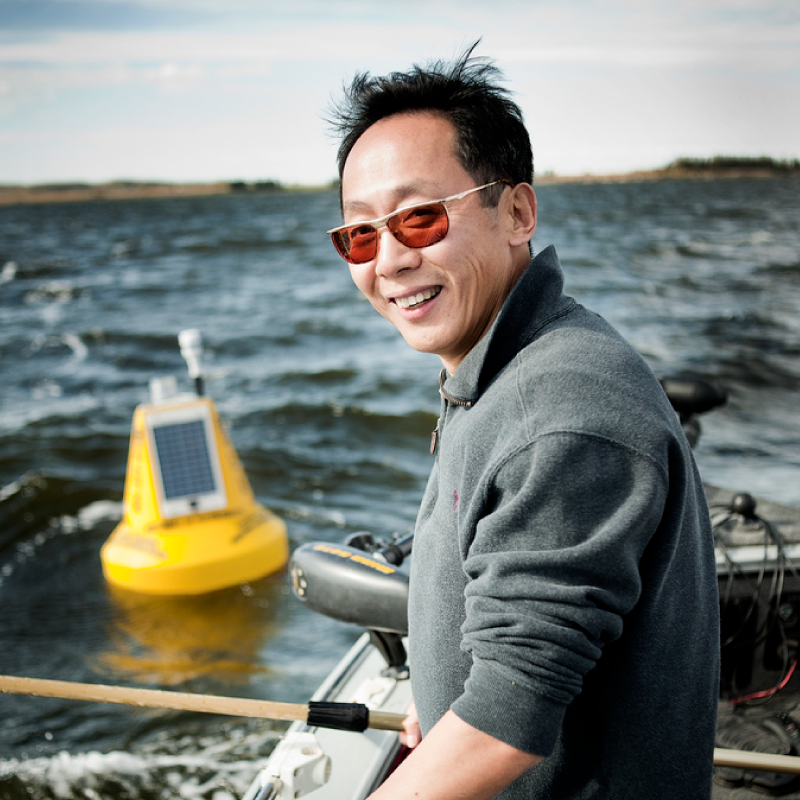
University of Southern Mississippi
Using Multi-Angle Polarimetry to Derive Χ Factor and Improve BRDF Correction for PACE's OCI

